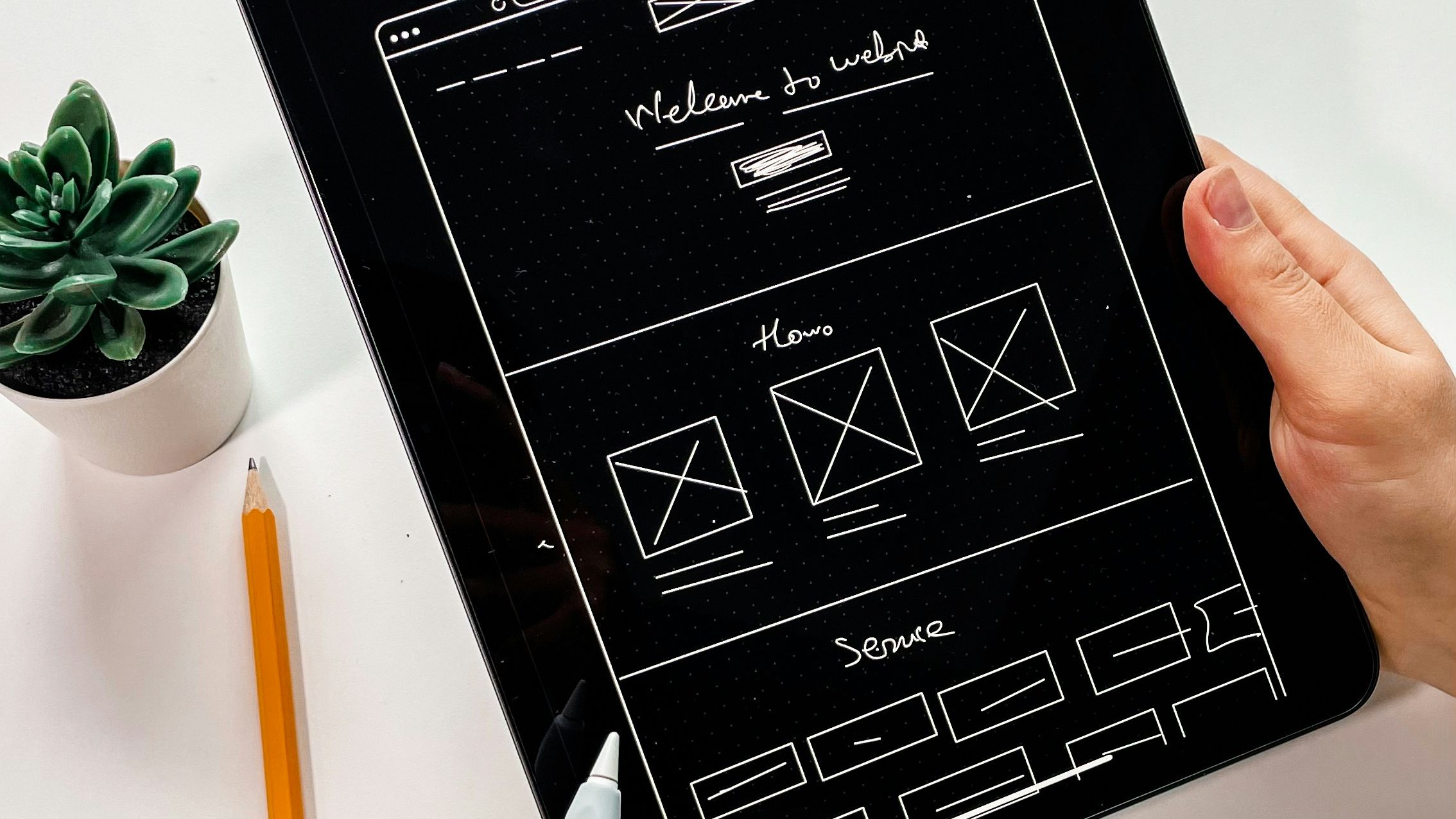Insight
Mobile user experience: Turning back to core principles that last the distance

Mobile user experiences continue to transform with the latest solutions, immersive technology and intelligent interfaces. While the race for innovation picks up pace, practical fundamentals remain essential, and interactivity reigns supreme. The difference between good and great mobile interfaces isn't about new technology - it's about practical application and solid principles.
Have you thought of the basics? More specifically: understanding real user needs, amping up interactivity, removing barriers and delivering genuine value.
Making things personal (in a good way)
The best personalisation often goes unnoticed by users. Rather than trying to demonstrate how much data we have or predict every possible action (which, let’s be honest, can be more creepy than helpful), good personalisation focuses on making common tasks more accessible and frequent actions more efficient for users.
Think about banking apps, or any consumer app for that matter, the successful ones understand your regular habits and put the most relevant information front and centre. They're not trying to be clever, they're just paying attention to how people actually use their services and adapting accordingly. In addition, these apps integrate natural interactivity and flourishes for an extra enjoyable or memorable experience. If you want to delight your users, design thoughtful and interactive moments. It’s not the way of the future, it’s what people want right now.
Seamless experiences no matter where you're tuning in
When it comes to cross-device experiences, seamlessness is essential. Users regularly start tasks on their mobile and finish them on their laptop, and they expect this transition to be fluid. This isn't just about synchronising data, it's about maintaining context across devices.
The key is understanding that when someone switches devices, they're continuing their journey, not starting a new one. This means preserving their progress, remembering their preferences, and making sure they don't have to repeat any steps.
Social features that have a clear purpose
Many apps include social features that don't serve a clear purpose. The most effective social integrations enhance the core experience in meaningful ways. Of the many consumer apps out there, fitness apps demonstrate this well - sharing achievements provides motivation and accountability that directly supports users' main goals.
What makes social features work is: strong practical benefits, like splitting bills in payment apps or sharing travel itineraries; integration that enhances the primary user experience; community elements that actively help users reach their goals; and simple, purposeful sharing options that add real value.
Optimising speed and performance
Performance optimisation isn't just about raw speed, it's about delivering the right experience at the right moment. Leading financial apps put this into play by providing instant access to recent transactions while accepting slightly longer load times for historical data.
Top performance considerations include:
- Load essential elements first: Prioritise key content that the user expects to interact with immediately. For example, if your app is a food tracker, ensure that the latest inputs or alerts load first, so users can access critical information with minimal delay.
- Intelligently preload anticipated next steps: Predict what users are likely to do next and preload relevant screens, content, or actions. To use the same example of financial apps, if someone is viewing their current balance, preload the ‘transaction history’ or ‘bill payment’ section, anticipating their next move. This keeps the app feeling responsive and initiative.
- Enhance perceived performance through thoughtful design: Perception is just as important as reality when it comes to speed. Animations, transitions, and visual cues can mask wait times, making users feel like the app is loading faster than it actually is. For example, loading spinners can be replaced with dynamic progress bars.
- Identify and prioritise moments that require instant response: Not all actions are created equal. Recognise when users expect an instant response, such as when submitting a payment or checking stock prices, and optimise those moments for near-instant feedback. Conversely, less urgent actions, like loading archived messages or older transactions, can afford to be delayed slightly without affecting the overall experience.
Using AI for clever design
AI tools are transforming the design process, particularly in rapid prototyping. Tools like V0, Lovable and Replit are enabling designers to move from concept to testable prototype much faster than before. This isn't about replacing designers - it's about giving them better tools to explore ideas.
How AI is helping:
- Turning written descriptions into initial designs
- Generating multiple versions of components quickly
- Creating responsive layouts automatically
- Learning from patterns in successful interfaces
- Accelerating the visual design process
These tools work best when combined with human insight about user needs, context and meaningful implementation. Get in touch to find out more about how AI can be used to maximise mobile user experience.
How do you measure success?
To understand whether your efforts to maximise mobile user experience are successful, focus on metrics that indicate real user engagement and are focused implicitly on how the app is used:
- Task completion rates: Are users achieving their goals?
- Return usage patterns: Do they keep coming back?
- Feature adoption: Are new capabilities being used?
- Error recovery: Can users fix things when they go wrong?
- Cross-device usage: How smoothly do users move between devices?
What’s next in the world of apps?
As the technologies that enable development of mobile apps improves in leaps and bounds, success in user experience remains rooted in understanding and serving user needs effectively. The most successful apps won't be the ones with the most features or the flashiest technology - they'll be the ones that solve real problems in ways that make sense for their users.
The tools we use will keep changing, but the fundamental goal stays the same: creating experiences that work well for users while supporting business objectives.